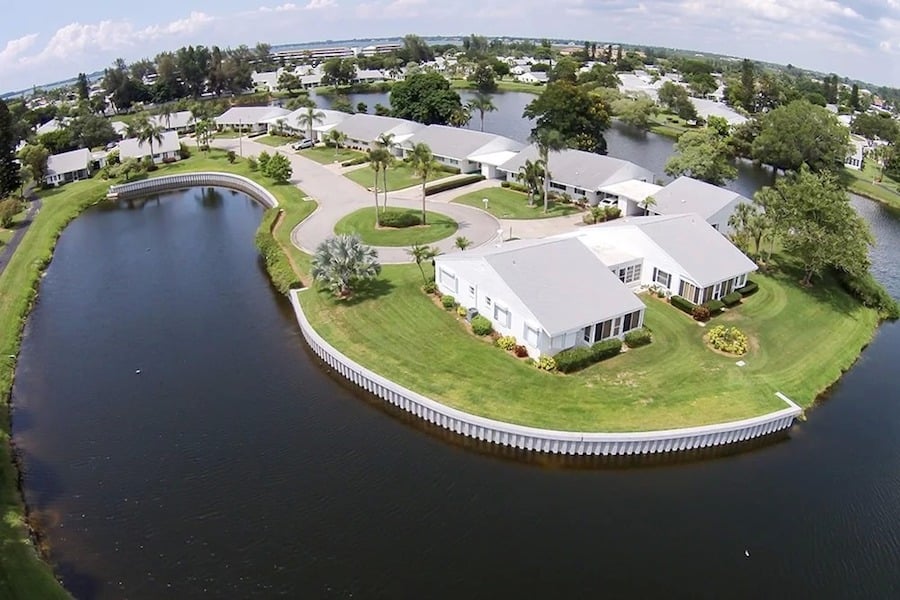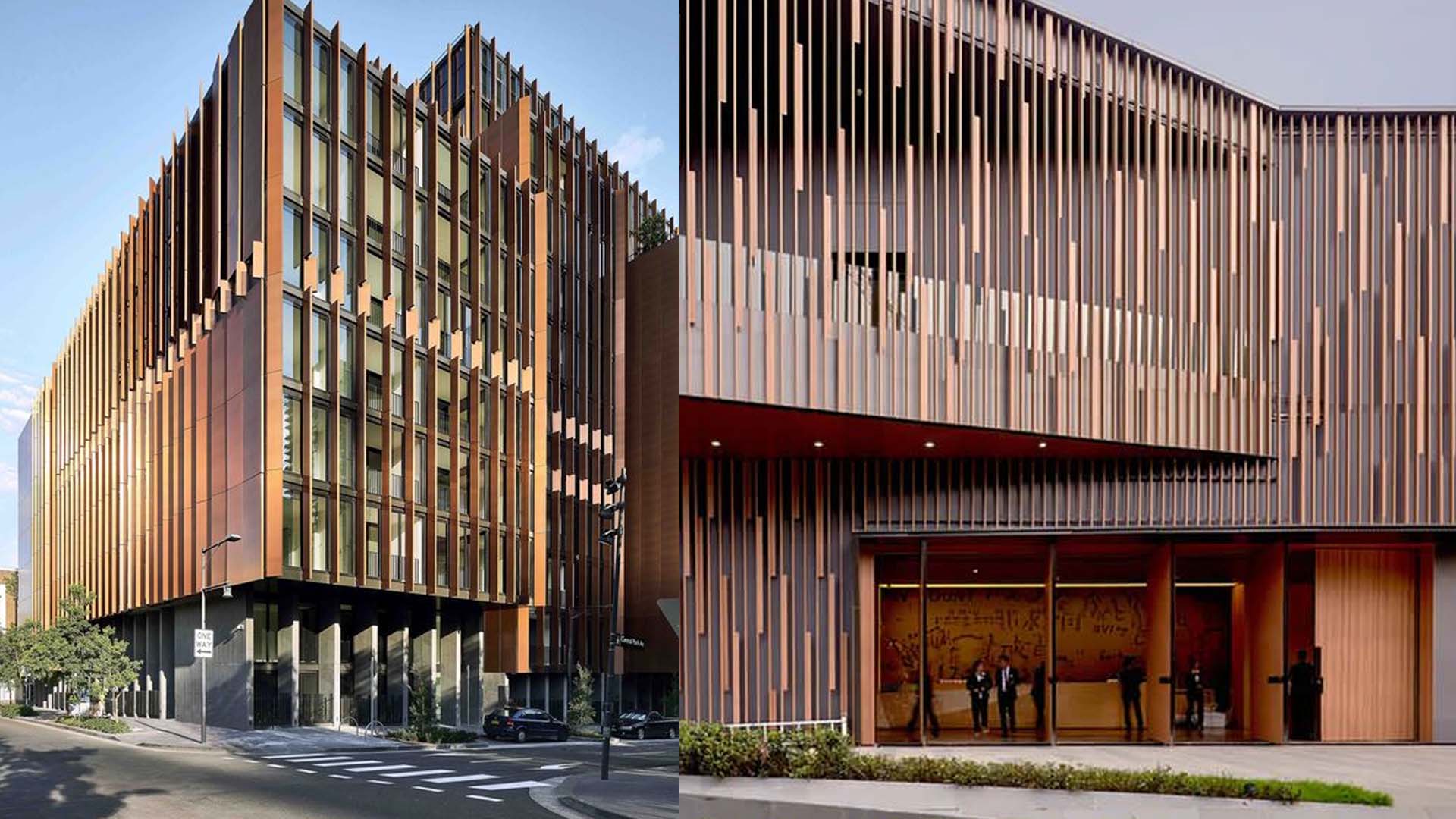For many, owning a waterfront property is the ultimate dream—a lifestyle that blends tranquility, luxury, and natural beauty. Waterfront properties offer not only picturesque views but also unique experiences, whether you’re living by the ocean, lake, river, or any other waterway.
In this comprehensive guide, we’ll explore what it’s like to live by the water, the benefits and challenges of waterfront property ownership, and tips for choosing the perfect home with stunning views. Whether you’re looking to buy your dream home or simply exploring the idea, this guide will provide valuable insights to help you make an informed decision.
Types of Waterfront Properties

Waterfront properties come in many different forms, each offering its own unique setting and lifestyle. The most common types include:
1. Oceanfront Properties
Oceanfront properties offer direct access to the beach or coastline. These homes provide expansive views of the sea and often come with beach access, making them ideal for those who enjoy coastal activities like surfing, beachcombing, or simply relaxing by the water. Oceanfront living is often associated with luxury, but it can come with higher price tags and more maintenance due to exposure to salty air and harsh weather conditions.
2. Lakefront Properties
Lakefront homes are located along lakes, offering serene, picturesque views. Lakefront properties tend to have more tranquil waters than oceanfront ones and may be more secluded or private. They’re ideal for water activities like boating, fishing, or kayaking. The peaceful environment of a lakefront property can also offer a sense of escape and relaxation, making it popular for vacation homes or year-round living in regions with seasonal weather.
3. Riverside Properties
Living along a river offers a unique perspective on waterfront living. Riverfront properties provide views of constantly flowing waters, often with opportunities for recreational activities like canoeing, rafting, or fishing. These properties can vary from lush, forested areas along the river to more urban, riverwalk-style locations. Riverfront properties can offer easy access to city amenities if located near an urban center, or a quiet, rural escape if situated further upstream.
4. Canal-front Properties
These properties offer direct access to canals, with smaller, calmer water bodies than oceans or rivers. Canal properties are common in places like Florida, California, or Venice, where canals are part of the city’s infrastructure. These homes typically offer excellent views of the water and often come with private docks for boat access.
5. Bayfront Properties
Bayfront properties are located along the edge of a bay, providing views of both water and the surrounding land. These homes offer unique perspectives and can have calmer waters than the open ocean, making them perfect for those looking for an idyllic, scenic lifestyle. Bayfront homes can be found in coastal areas around the world, offering close proximity to both natural beauty and coastal city life.
The Benefits of Living by the Water
Owning waterfront property offers a range of benefits that go beyond just the stunning views. Here are some of the key advantages of living by the water:
1. Breathtaking Views
One of the most obvious benefits of waterfront living is the stunning views. Whether you’re waking up to the sight of the ocean, watching the sunrise over a lake, or seeing the glistening river as the sun sets, a waterfront property provides some of the most beautiful and ever-changing vistas in the world. These views enhance both the aesthetic appeal and emotional enjoyment of your home.
2. Recreational Opportunities
Waterfront properties offer endless opportunities for water-based recreation. Whether it’s boating, fishing, kayaking, swimming, or paddleboarding, you can enjoy these activities right at your doorstep. If you’re an outdoor enthusiast, living by the water can provide an active and adventurous lifestyle.
3. Tranquility and Peacefulness
The sound of waves crashing, the gentle flow of a river, or the calmness of a lake offers a sense of serenity that can be hard to replicate elsewhere. Many people choose waterfront living for its ability to provide peace and quiet away from the hustle and bustle of city life. This calming atmosphere can reduce stress and improve mental well-being.
4. Increased Property Value
Waterfront properties tend to appreciate faster than other real estate due to their inherent desirability. The limited availability of waterfront land and the strong demand for these properties ensure they remain a valuable asset. Owning a waterfront home can also give you a potential investment opportunity with the ability to rent it out for high-end vacation rentals, especially if located in a popular tourist area.
5. Unique Design Opportunities
Living by the water provides endless opportunities to design a home that embraces its natural surroundings. Large windows, open terraces, and outdoor spaces like decks or docks are common in waterfront homes. You can design your property to maximize natural light, enjoy unobstructed views, and create a lifestyle that’s integrated with nature.
Challenges of Waterfront Property Ownership
While owning a waterfront property has numerous benefits, it’s important to be aware of the potential challenges that come with it. Here are some common considerations:
1. Maintenance and Upkeep
Waterfront homes require regular maintenance to protect them from the elements. The constant exposure to moisture, salt, and wind can cause damage to the exterior, including rust, mold, or corrosion. You’ll need to invest in high-quality materials that can withstand harsh weather conditions, especially if your home is located near the ocean. Additionally, regular cleaning and maintenance of docks, decks, and other outdoor structures are essential.
2. Flooding and Erosion Risks
One of the most significant risks associated with waterfront properties is the potential for flooding and erosion. Coastal properties, in particular, may be vulnerable to rising sea levels, hurricanes, or storm surges. While insurance can protect against certain damages, it’s important to understand the flood risk and take necessary precautions, such as elevating structures or installing flood barriers. Erosion can also threaten the land surrounding the property, potentially leading to the loss of shoreline.
3. Higher Insurance Costs
Due to the risks of flooding, storm damage, and erosion, waterfront properties often come with higher insurance premiums. Homeowners may need specialized flood insurance, especially if the property is located in a flood zone. These costs should be factored into your budget when considering purchasing a waterfront home.
4. Privacy Concerns
While waterfront properties often offer picturesque views, they may also come with less privacy. Coastal areas or lakeside communities can be popular tourist destinations, meaning more foot traffic near your property. Additionally, if your property is in a densely populated area, you may find yourself with a lack of seclusion.
5. Environmental Regulations
Depending on the location of your waterfront property, there may be environmental regulations that govern how you can develop or modify the land. These regulations are in place to protect natural resources like wetlands, marine life, and water quality, but they can impact plans for construction or property improvement. It’s essential to research these regulations before purchasing and building on a waterfront property.
Tips for Choosing the Perfect Waterfront Property
When choosing a waterfront property, several factors should guide your decision. Here are some key tips:
1. Consider the Water Type
Think about the type of water that appeals to you most—whether it’s the ocean, a serene lake, or a flowing river. Each offers a different lifestyle and set of activities, so choose the one that best aligns with your interests and preferences.
2. Research Flood Zones and Risks
Ensure that the property is not in a high-risk flood zone and understand the local climate and potential natural disasters, such as hurricanes or heavy rains. This will help you avoid any unpleasant surprises and ensure that you’re adequately protected.
3. Evaluate Accessibility
Consider how easy it is to access the Residence, especially if it’s a more remote location. Are there good roads or nearby amenities? Is it easy to get to the property year-round, or will weather conditions affect access?
4. Look for Long-Term Value
Ensure that the waterfront property you’re considering has strong long-term investment potential. Look into the real estate market trends in the area, and make sure the location is poised for future growth, especially if you plan on reselling the property at a later date.
5. Consult with Professionals
Waterfront properties require specific expertise, so work with a real estate agent who specializes in these types of homes. Also, consider hiring an inspector who can check for any water-related damage, erosion issues, or structural concerns.
Conclusion
Living by the water is a dream for many, offering unparalleled views, tranquility, and a lifestyle that embraces nature. Waterfront properties offer both beauty and functionality, with opportunities for recreation, relaxation, and investment. However, they come with their own unique set of challenges, including maintenance, environmental risks, and higher costs. By carefully considering the type of waterfront property, understanding the potential risks, and working with professionals, you can make a well-informed decision and enjoy a life surrounded by stunning water views. Whether you’re drawn to the energy of the ocean, the calm of a lake, or the flow of a river, owning a waterfront home offers an unforgettable living experience.




